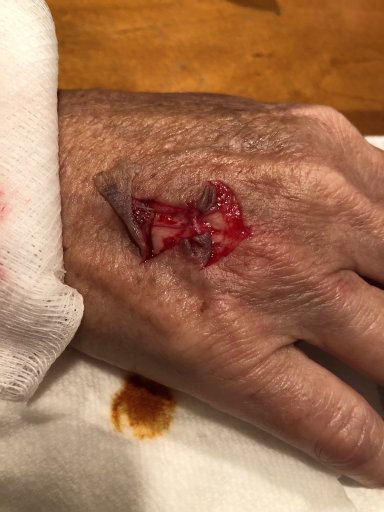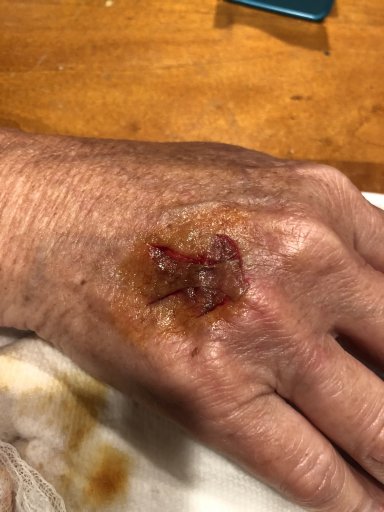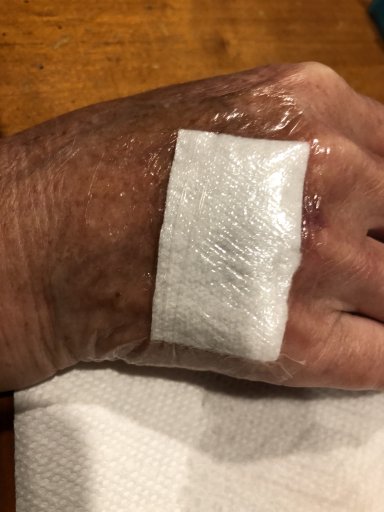
Traveler II
Here is a simple skin avulsion, something that could easily happen on a trip. What would you do? How would you address the wound? What supplies would you need to properly care for this wound? Do you carry enough supplies to care for this wound for more than one day?
In this case I just washed the wound with soap and water, patted it dry and then was able to lay the skin out where it belonged and apply a skin glue. If this was in the backcountry, I would do the following:
If you have any questions or suggestions for topics please let me know!
Chris
In this case I just washed the wound with soap and water, patted it dry and then was able to lay the skin out where it belonged and apply a skin glue. If this was in the backcountry, I would do the following:
- Get my Basecamp First Aid Kit (FAK) and put on my Personal Protective Gear of at least gloves. Probably don’t need a mask or eye protection.
- Wash the wound with water and soap. Drinking water is fine, you do not need sterile water. Please do not wash these wounds with hydrogen peroxide as it will damage the healthy tissue as well. Just plan water or soap and water is sufficient.
- I wound then lay the skin out where it is supposed to be using tweezers.
- If you don’t have skin glue, and no…crazy glue is not the same, I would then lay down a non-stick pad (a brand name is Telfa or you could use Xeroform which is gauze with vasoline) and then tape it down.
- Keep an eye on it. You want to watch for infection which is usually present when the following are found: redness in the area but there can be red streaks that move away from the area, warmth, pus, increasing pain, increasing swelling.
- For this wound I would leave the dressing in place for at least 48-72 hours and try to keep it dry to allow the skin to “reattach”. The odds are that the skin that is lost will eventually die but it will be a protective barrier.
If you have any questions or suggestions for topics please let me know!
Chris
Attachments
-
1.8 MB Views: 242
-
1.7 MB Views: 229
-
1.4 MB Views: 202













